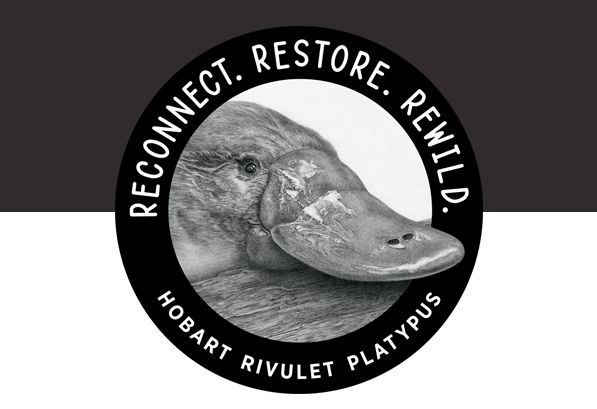Is your legacy that you lived and enjoyed nature, or lived and cared for nature?
Is your legacy that you lived and enjoyed nature, or lived and cared for nature?
At Hobart Rivulet Platypus we are committed to honoring Larila’s Legacy, including doing whatever is necessary to prevent platypus injuries and deaths caused by exposure to human rubbish.
Larila's Timeline
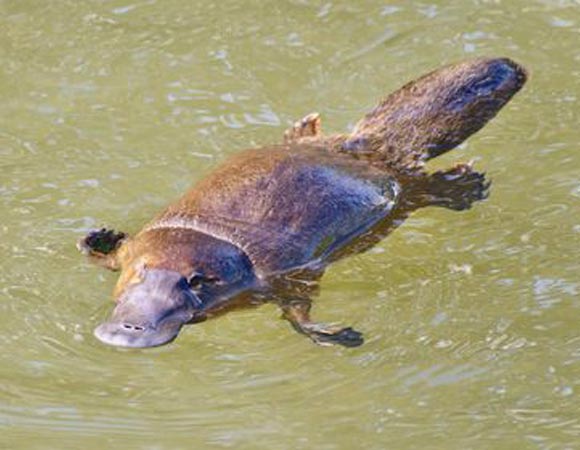
Local photographer Adam Fry notices a platypus with a loop of litter around its neck swimming in the Cascade Gardens boulder trap and contacts @hobartrivuletplatypus in the evening.
Photo: Adam Fry
@hobartrivuletplatypus notifies the platypus team at DPIPWE, and a plan is put together. The search for the entangled platypus begins immediately.
A call is put out on @hobartrivuletplatypus social media for the South Hobart community to help locate the platypus.
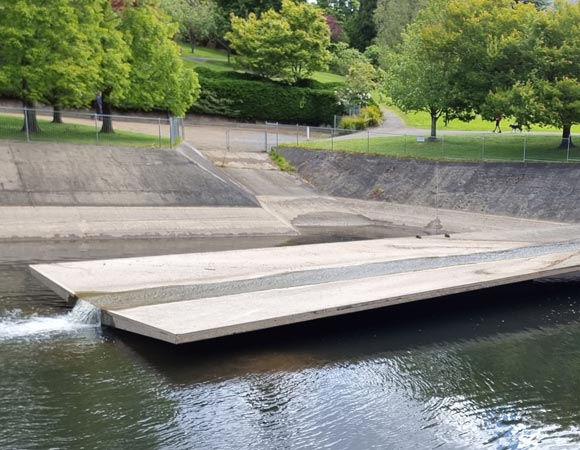
The following morning two eagle eyed community members spot the platypus, again in the Cascade Gardens boulder trap. DPIPWE and the council are notified with the help of the crew who happen to be on site filming #ThePlatypusGuardian.
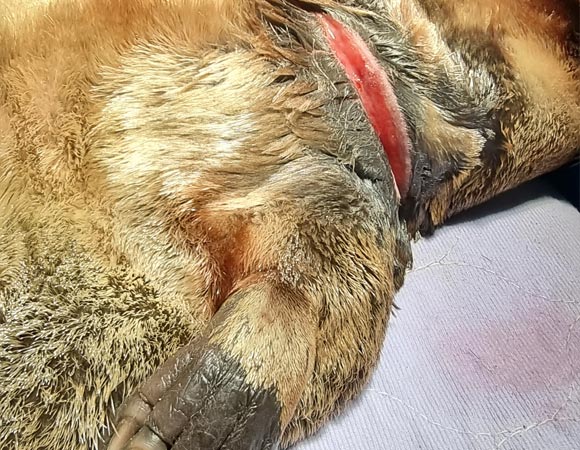
Working together, the City of Hobart, DPIPWE and @hobartrivuletplatypus are able to capture the platypus. A loop of twine is removed from around the platypus's body, revealing deep cuts around her neck and front leg.

A seemingly benign loop of twine around the platypus's neck has put her life at risk. Due to the nature of the injuries she is taken into care at Bonorong.
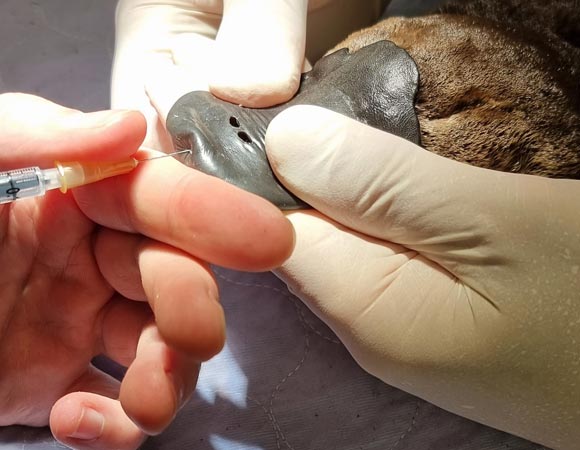
Pain relief and antibiotics are injected into the blood vessel running around the outside of the platypus's rubbery bill. She was not conscious at this point thankfully.
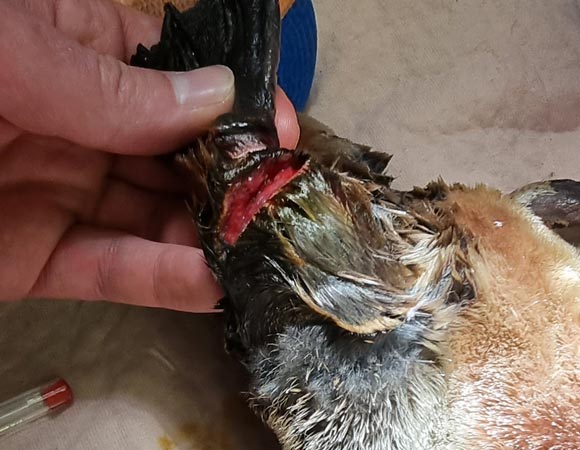
The cut down to the bone on the back of the platypus's front leg is of serious concern.
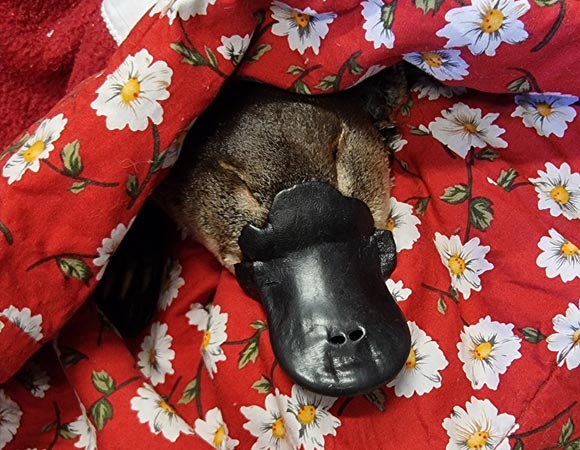
With the first round of care complete, the little platypus is tucked into bed.

While the platypus sleeps, the community posts name suggestions on @hobartrivuletplatypus Facebook. Larila, palawa kani for platypus is chosen, and the use is approved by the Tasmanian Aboriginal Centre. A beautiful, all encompassing name for a beautiful creature!
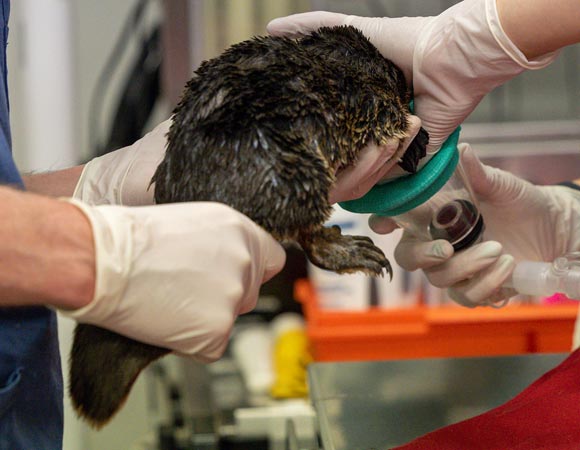
Larila is prepared for a second round of surgery.
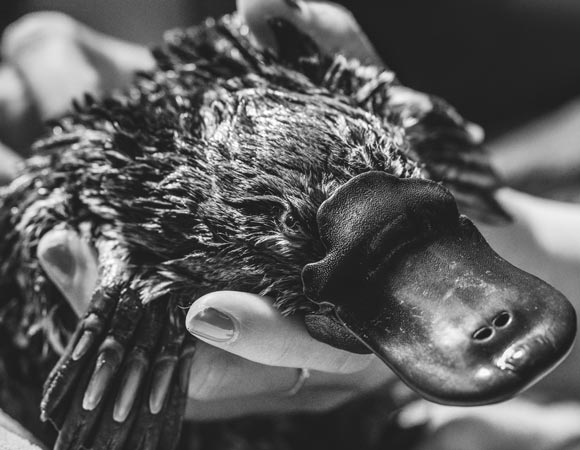
Surgery takes much longer than expected. Three hours later, Larila wakes up, groggy and exhausted.

With Larila in care we return to the Hobart Rivulet to continue removing rubbish from the waterway. The thought of releasing her back into pollution is heartbreaking.
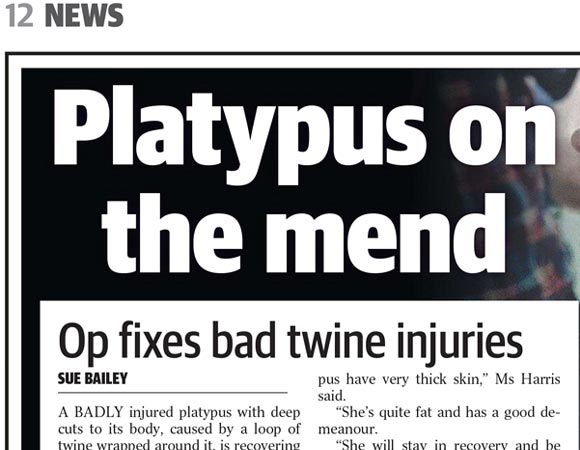
Larila's progress is closely followed by the community and media, even overseas! If caring thoughts could cure, she'd be back in her waterway home already.

Larila is moved to a Wildlife Carer. She needs a constant supply of fresh food. The community responds, providing a supply of worms and other yummies.
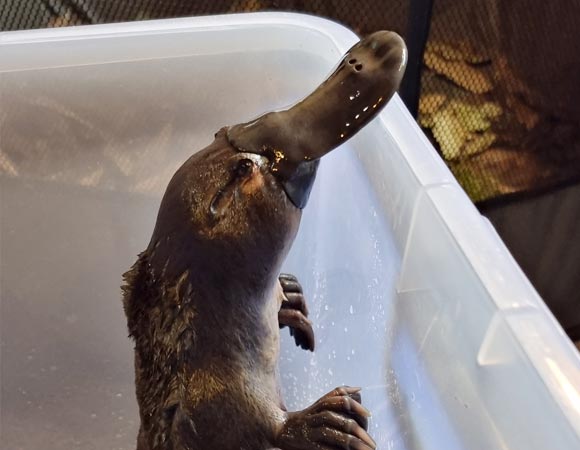
Despite the best efforts of many, Larila's prognosis remains guarded - medical speak for not great.
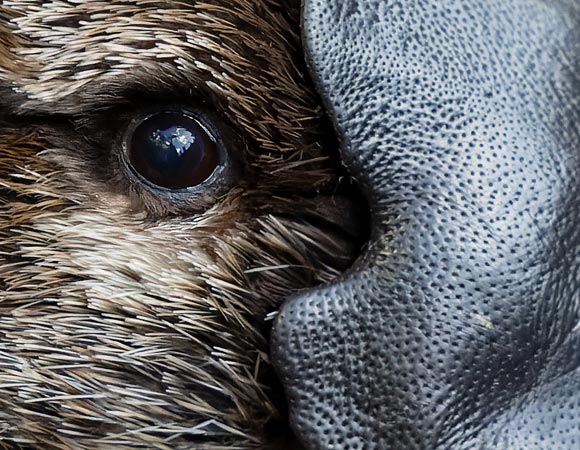
A decision is made to attempt a release. Unfortunately Larila is unable to walk or swim as she should. She returns to Bonorong.
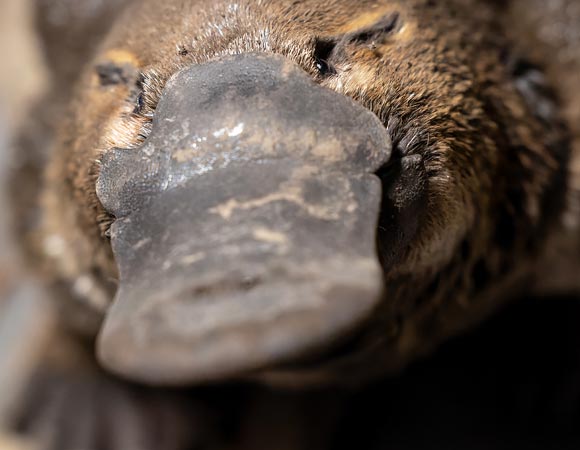
Larila dies during the night.
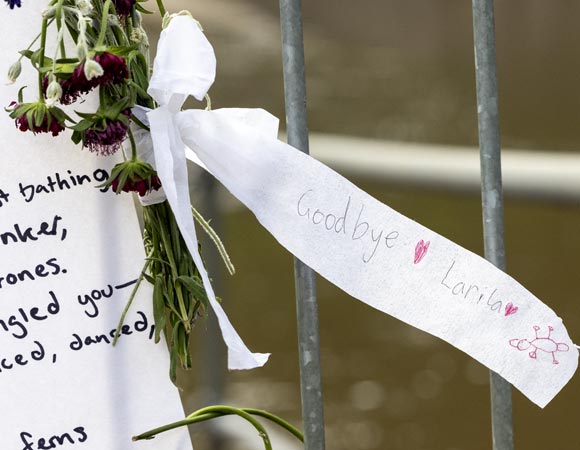
An outpouring of grief follows as the community pauses to reflect.
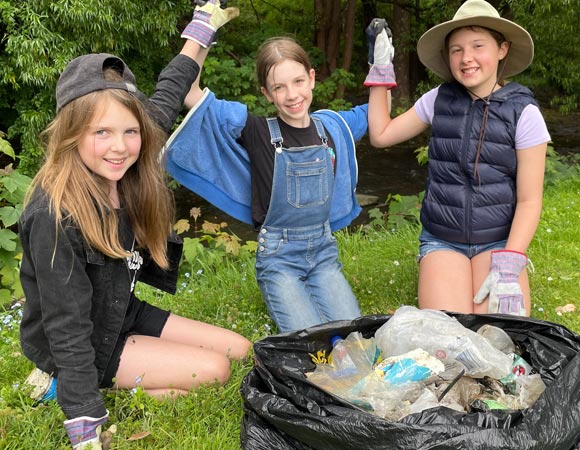
The first to respond to Larila's death with action are the kids of South Hobart, who organize their own waterway clean up.
In terms of litter, the city tip is the biggest polluter of the Hobart Rivulet. Windblown litter and discharges flow directly into platypus habitat where several animals have become entangled. @hobartrivuletplatypus puts out a call to fix McRobies once and for all.
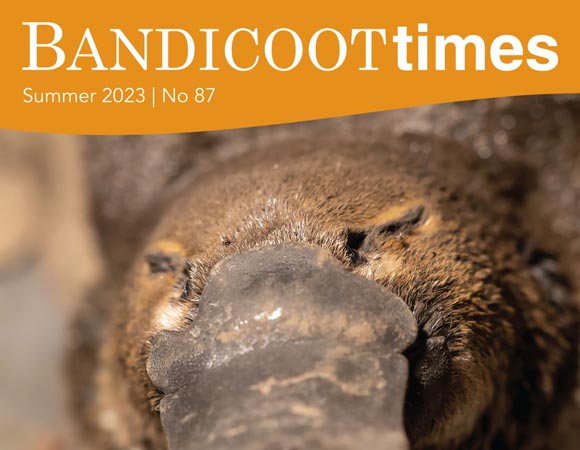
The Summer 2023 edition of City of Hobart's Bandicoot Times considers the question "What will be Larila's legacy?"

Larila's litter awareness campaign begins - engaging local communities, schools, businesses and government.

School students begin designing messaging and posters, and taking direction action - inspired by Larila's Legacy and the Seize it, Snip it, Bin it! campaign.

The City of Hobart releases its first ever 'State of the Rivulets' report. Water ecologists describe the health of the lower Hobart Rivulet as "horrible". Reports are good, action is better.
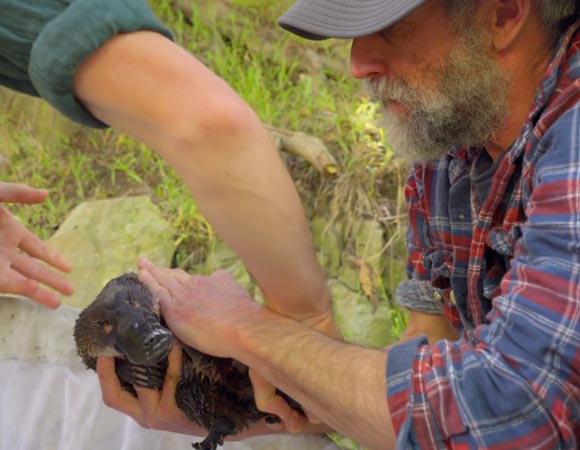
The Platypus Guardian premieres on ABC TV, with Larila's story at its core. Hearts are touched and tears are shed. The documentary will air around the world.
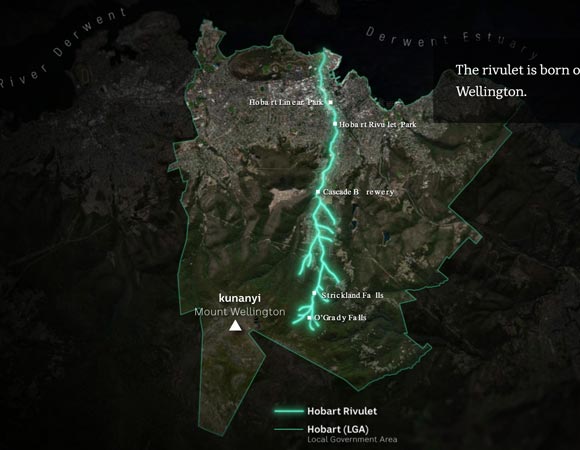
ABC News publish an in depth article, using Larila's story to highlight the plight of Australia's platypus population.
At Hobart Rivulet Platypus we are committed to honoring Larila's Legacy, including doing whatever we can do prevent platypus injuries and deaths caused by human rubbish

